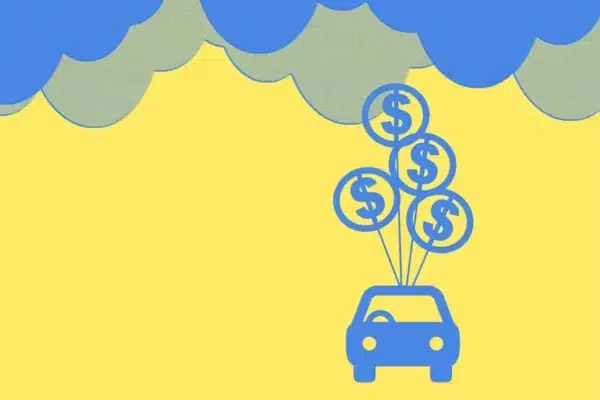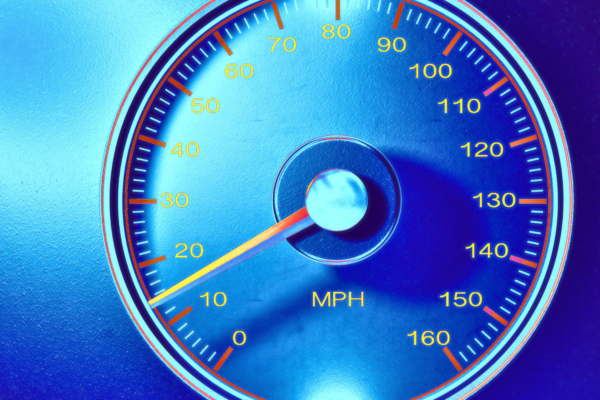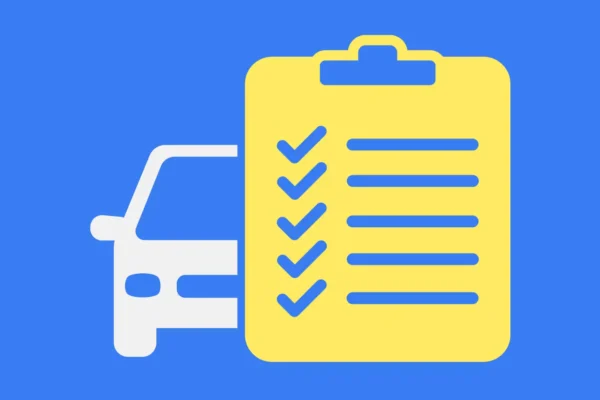
Auto Loan Terms 101
It’s no secret that navigating the car buying process at the dealership can be challenging.
The experience is usually filled with a lot of pricing jargon and terminology, not all of which is common knowledge. On top of this, most people aren’t comfortable with the negotiation process in general. A recent survey revealed that one in four are intimidated by the thought of making a deal they’re unsure about. Furthermore, about 69% who have purchased a used car said that they wish they could go back before the deal was made and do things differently.
Though online auto purchases are becoming increasingly common, buying in person remains the traditional way to buy a car. A trip to the dealership may not be your definition of a fun weekend, but understanding auto loan terms before you start can make the process easier.
Financing Your Next Car
Get pre-approved for a new or used auto loan. Explore rates, terms, and our full range of financing and refinancing options!
Vehicle Pricing and Auto Loan Terms to Know
Here’s a brief primer on some common pricing terms tossed around car lots.
| Dealership Terms | |
|---|---|
| Base price | Base price is the price of the vehicle without any optional add-ons or upgrades. |
| Commission | This is additional compensation that a salesperson at a dealership earns for making a sale. |
| Dealer cash | These are offers given to car dealerships to incentivize sales in slower markets. In essence, dealers will earn extra cash for moving inventory. Part of this is sometimes passed along to the customer but isn’t advertised. |
| Dealer invoice price | This price, which is listed on the dealer’s invoice from the manufacturer, is what the dealer paid for the vehicle. |
| Finance and insurance department | Oftentimes, a salesperson will send you to the finance and insurance department (F&I office) after you’ve agreed to purchase a vehicle. Here’s where you will be offered loans and optional add-ons.Read this blog post to learn more about what to expect at the F&I office. |
| Holdback | A holdback is a percentage of the MSRP that is returned to the dealer when the vehicle is sold. This can vary from manufacturer to manufacturer, but it is typically 1% to 2%. |
| Manufacturer incentives | These incentivize consumers to buy new vehicles. An example of an incentive is a car rebate, in which buyers receive cash from the manufacturer after purchasing the vehicle. |
| Market price | Market price is the going rate of a car based on its specific attributes (mileage, condition, service history, accident reports, etc.) and the market in your area. The price represents what a given vehicle would likely go for if an individual was selling it themself, which is almost always a lesser amount than the average retail value a dealer could get. When evaluating a loan, lenders typically look at the clean trade value of a car, which can be different from retail value.On popular models, the market price is sometimes higher than the MSRP. When you’re shopping for specific car models, Kelley Blue Book, JD Power, and a slew of other research-based online tools can help you determine reasonable prices in your geographic area. |
| MSRP | This abbreviation for manufacturer’s suggested retail price is merely the suggested amount the manufacturer advises dealers to charge. An MSRP does not include registration, taxes, destination charges or other fees.MSRP has a margin built into it, meaning if you pay that price, dealers are making money. Dealerships can get significant discounts from the manufacturer, and those aren’t typically reflected in the MSRP.In a hot market, cars can go for 5k or over the listed MSRP. In a slow market, cars can often be purchased for below sticker price. |
| Monroney sticker | The Monroney sticker is an actual sticker on a car that provides a line-by-line overview of what is included in the vehicle. It also shows if the dealer has added additional charges or accessories. |
| Sticker price | Sticker price is another word for MSRP. |
| Up-front costs | Up-front costs are these costs and fees paid when you sign the contract. Typically this includes your down payment and closing fees. |
Auto Loan Terms
If you plan on financing your vehicle, here are a few terms to be aware of.
| Auto Loan Terms | |
|---|---|
| Amortization | This is the process of gradually paying off your loan principal and interest each month. |
| APR | Annual percentage rate— commonly known simply as APR— is the interest rate that a lender or dealership charges on your car financing. Also known as finance rate or interest rate. |
| Balloon payment/ balloon loan | A balloon loan or balloon payment is a type of loan in which the borrower pays off only a portion of the balance during the loan. At the end of the loan’s term, the rest of the balance is due. |
| Bump | If you finance your vehicle through a dealership, this number is the difference between what the dealer pays for financing and the rate at which they sell financing to you. This number is typically not disclosed, which is why buyers should shop around to ensure the best deal on financing. |
| Down payment | Your down payment is the money that you pay upfront for your vehicle. |
| Fixed-rate loan | With a fixed-rate loan, the interest rate does not change over time. |
| Loan prequalification | If you are prequalified for a loan, it means that a lender has reviewed your financials and confirmed that you are eligible for a loan up to a certain amount. |
| Loan term | Loan term is the length of the loan. |
| Loan-to-Value (LTV) Ratio | A loan-to-value (LTV) ratio is the amount of your loan proportional to the value of the car, typically expressed in percentages. Every lender has their own standard for how much of an LTV ratio they will accept, but they will not provide a loan worth more than the vehicle itself.The LTV Ratio is a great way to make sure you’re not overpaying for your vehicle. |
| Principal | The principal is the amount of money that you originally borrowed. |
| Variable-rate or adjustable-rate financing | With a variable rate loan, the interest rate is subject to fluctuate, meaning your monthly payment can also vary. |
How Car Dealerships Profit
Understanding how car dealership profit isn’t as easy as subtracting what you paid for the car from what the dealership paid for the vehicle.
Dealerships earn profit in many ways, and, surprisingly, most of it isn’t made from selling cars! Here’s a look at how they make money:
- Holdbacks and dealer cash: Even when it seems like they aren’t making a profit, dealerships earn money just by moving inventory. Dealerships depend on moving volume— not necessarily squeezing the most money out of every sale.
- Add-ons and extras: When you go down to the F&I office, the finance manager will try to sell you add-ons and extras like an extended warranty, VIN etching, or paint treatment. Selling these items are where dealerships really begin making money.
- Financing: If you opt for dealer financing, you’ll likely pay for it. Typically dealers mark up their interest rates to earn more money on a sale.
- Service center and parts: Dealerships also earn money through their service centers where they repair and maintain their manufacturer’s vehicles.
At the end of the day, a dealership is relying on you to purchase necessary add-ons, get financing in-house, and return to their service center when your car needs work. For them, it means increased profit margins. For buyers, this often just means money wasted that could be better spent elsewhere.
Do Your Research
A little homework should inform you on price points to understand before you get serious about negotiating for a new car. Enter the arena armed with facts, and you’re bound to come out ahead.


